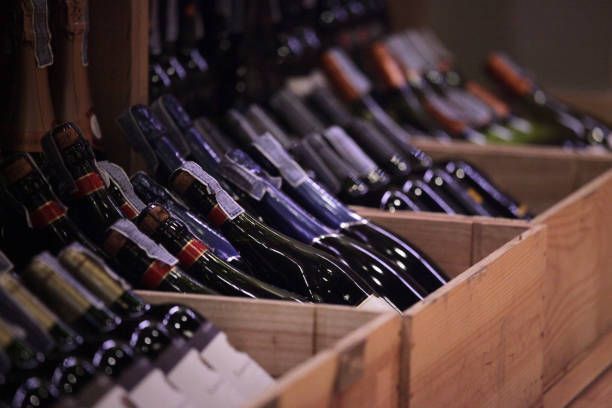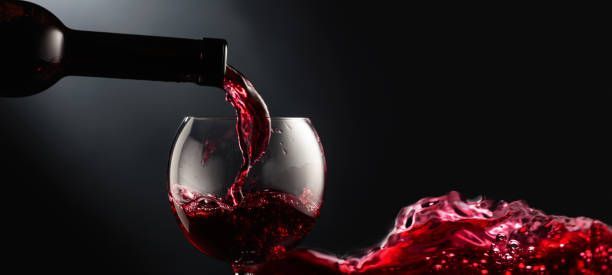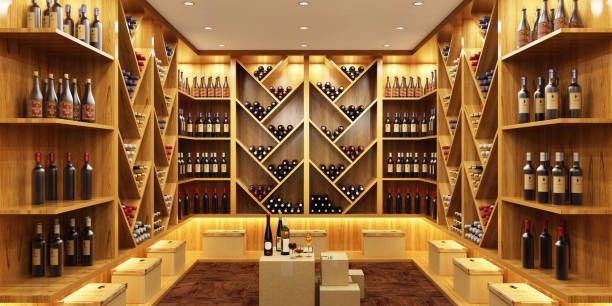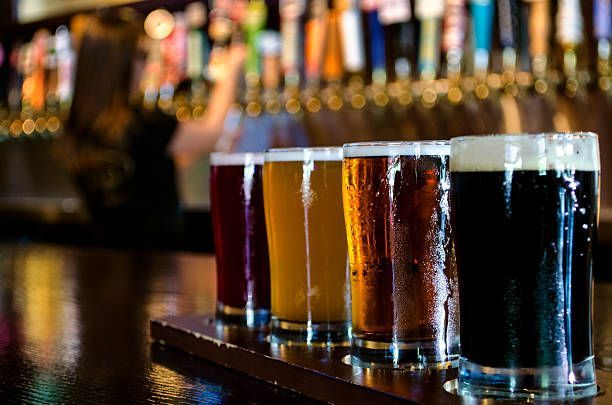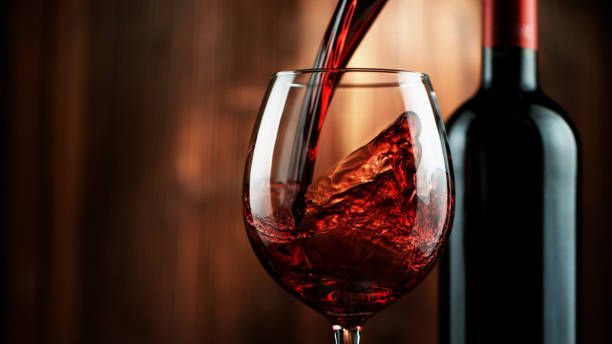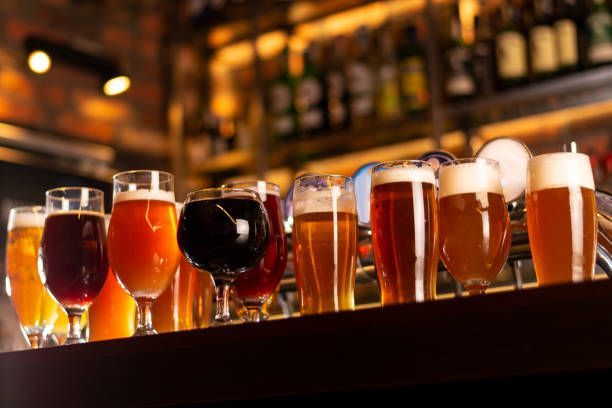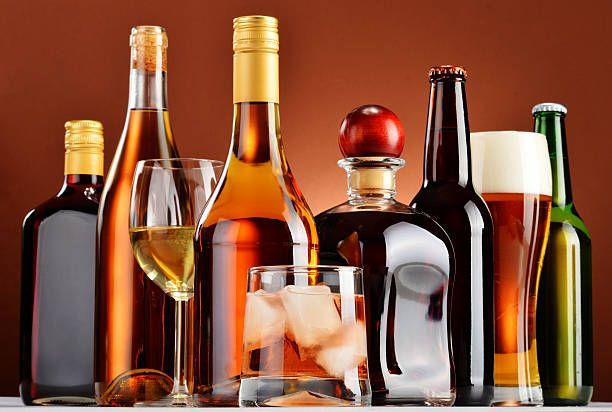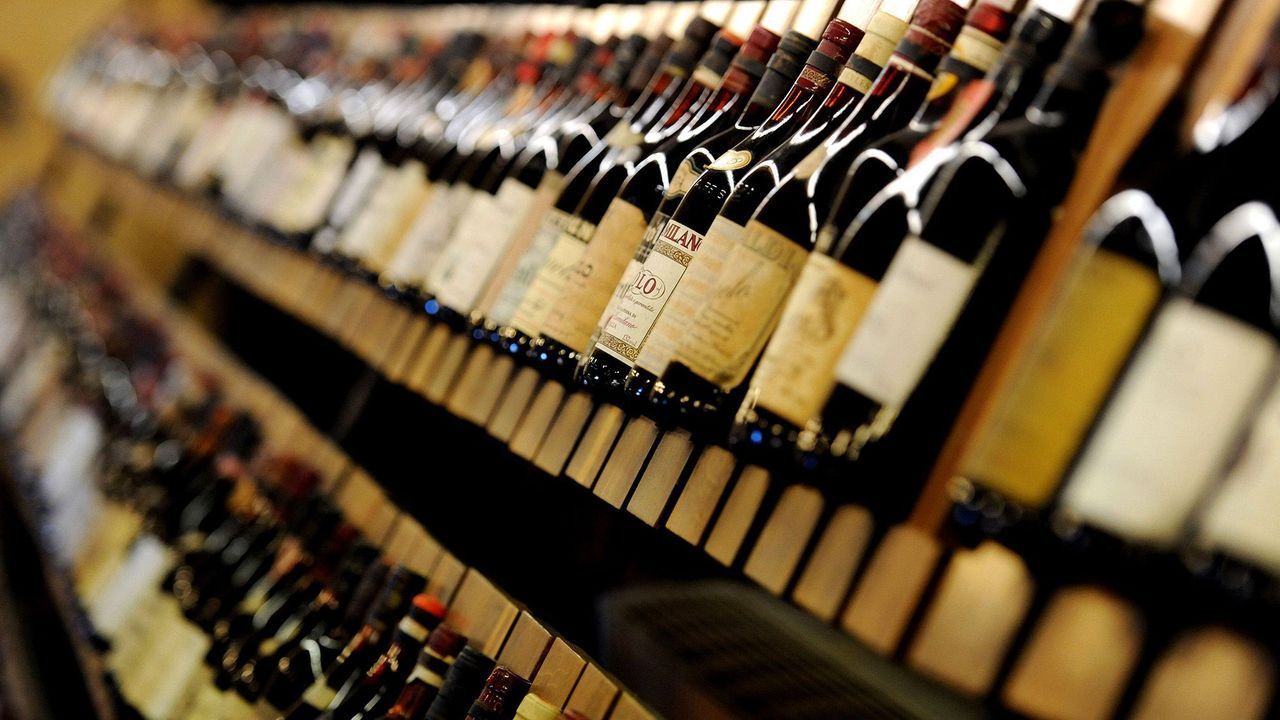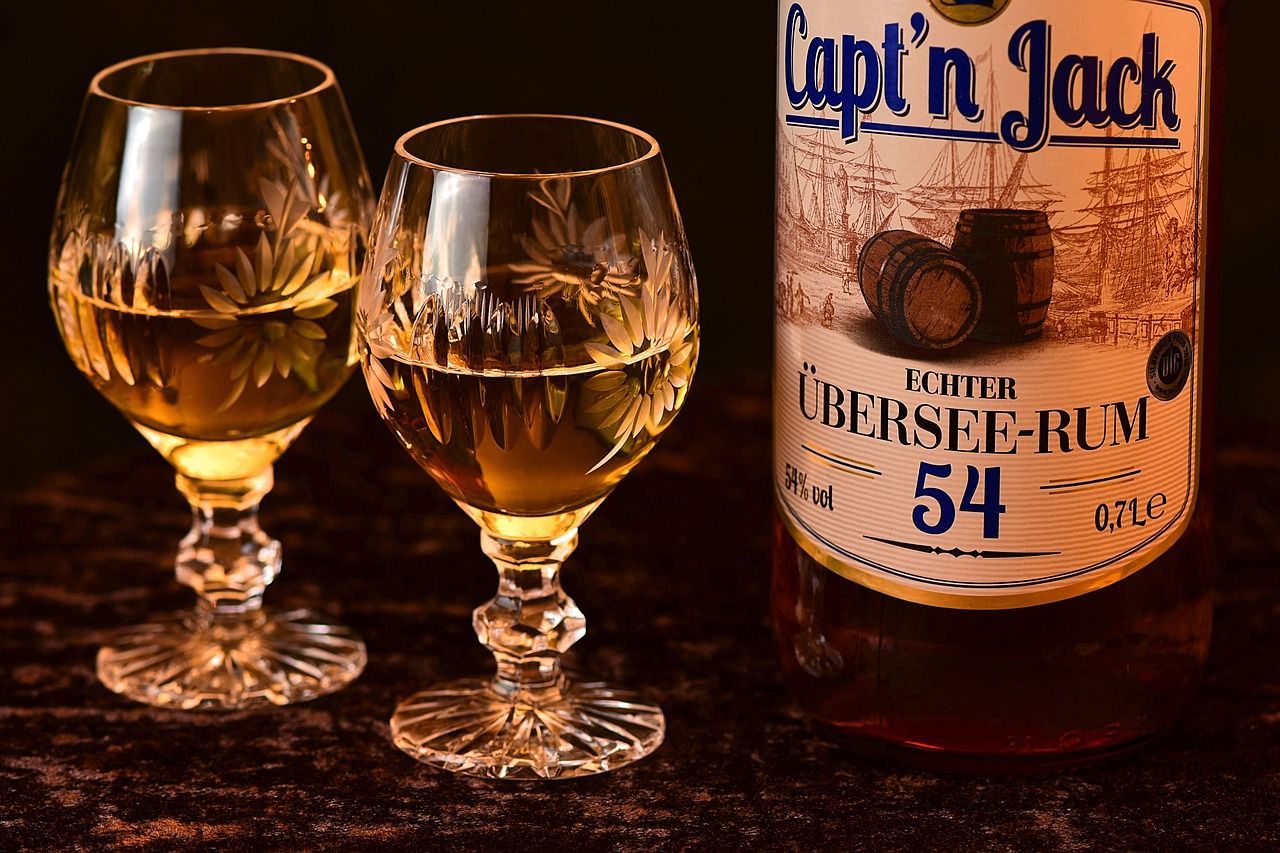From Vine to Glass: The Enticing Journey of Wine Production
Wine has been an essential part of various cultures for centuries, enjoyed for its taste and ability to enhance social experiences. The production of wine has come a long way since its origins, with techniques and styles varying across different regions of the world. In this blog, we will explore the process of wine production, from vineyard management to the winemaking process and variations in wine production.
We will also discuss popular wine regions and the unique characteristics of wines produced in each region. By understanding the process of wine production and the various factors that influence its taste, we can appreciate the beauty of wine even more. So, grab a glass of your favorite wine and let's embark on this exciting journey together.
Vineyard Management
The process of making wine begins with the cultivation of the grapevine. Vineyard management is crucial to the quality of the grapes produced and ultimately the quality of the wine. Here are the key steps involved in vineyard management.
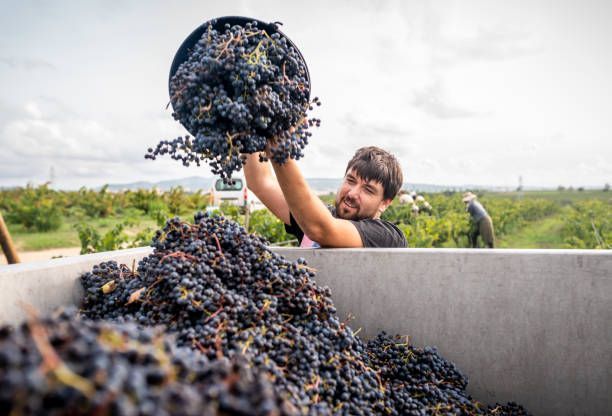
Selecting the grape variety
When selecting the grape variety, it's important to consider the climate and soil of the vineyard. Different grape varieties thrive in different environments, and the wrong grape variety can lead to poor quality grapes and ultimately, inferior wine. For example, cooler climate regions like Burgundy in France are best suited for the Pinot Noir grape, which produces elegant and delicate wines. In contrast, warmer regions like Napa Valley in California are better suited for Cabernet Sauvignon, which produces rich and full-bodied wines.
Additionally, the winemaker's intended style of wine also plays a role in grape variety selection. For example, if a winemaker wants to produce a light and fruity wine, they may choose a grape variety like Pinot Grigio or Gamay. On the other hand, if they want to produce a bold and tannic wine, they may choose a grape variety like Syrah or Malbec.
Soil preparation
Soil preparation is a crucial step in the vineyard management process. The soil type determines the type of grapevine that can be planted and the quality of grapes that can be produced. The pH level and nutrient content of the soil are also crucial factors that affect the growth and health of grapevines.
The soil preparation process begins with the analysis of the soil to determine its composition, including its pH level, texture, nutrient content, and water-holding capacity. This information is used to determine the correct amount of fertilizers and amendments that need to be added to the soil to ensure optimal growing conditions for the grapevines.
The next step in soil preparation is tilling or plowing, which involves breaking up the soil to create a loose, aerated soil structure that allows for proper water drainage and root growth. This also helps to reduce soil compaction and promote the circulation of air and nutrients throughout the soil.
In addition to tilling and plowing, organic matter such as compost and manure can be added to the soil to increase its nutrient content and improve its structure. These materials help to improve soil fertility and create a healthy soil ecosystem that promotes the growth of beneficial microorganisms.
After the soil has been properly prepared, the grapevines can be planted. The grapevines should be planted in rows, with sufficient spacing between them to allow for proper growth and airflow. The spacing between the vines will depend on the grape variety, soil type, and growing conditions.
Vine planting and pruning
Harvesting the grapes
Before harvesting, grape growers must determine the optimal time to pick the grapes. The timing of the harvest is crucial, as it can greatly affect the flavor, aroma, and quality of the wine produced. Harvesting too early can result in underripe grapes that lack flavor and complexity, while harvesting too late can result in overripe grapes that produce wine with too much alcohol and low acidity.
Hand harvesting is a traditional and labor-intensive method of grape harvesting, but it allows for careful selection of only the best grapes. Mechanical harvesters are more efficient and can harvest grapes quickly, but they may damage the grapes and result in a lower quality wine.
After harvesting, the grapes are transported to the winery, where they are sorted to remove any leaves, stems, or debris. The grapes are then crushed to release the juice, which is then fermented to create wine. Depending on the winemaking process, the grapes may be crushed immediately after harvesting, or they may be left to macerate for a period of time to extract additional flavor and color from the skins.
Pruning is typically done during the winter months when the grapevines are dormant. The timing and technique of pruning depend on the grape variety, the desired yield, and the growing conditions. Pruning can be done manually or with mechanical equipment, such as pruning shears or saws.
There are two main types of pruning: spur pruning and cane pruning. Spur pruning involves cutting back the previous year's growth to leave short spurs with two to three buds. This method is commonly used for grapevines that produce fruit on the previous year's growth, such as Cabernet Sauvignon and Merlot.
Cane pruning, on the other hand, involves leaving one or two long canes from the previous year's growth and removing the rest. This method is typically used for grapevines that produce fruit on the current year's growth, such as Chardonnay and Pinot Noir.
Pruning helps to regulate the amount of fruit produced by the grapevines, ensuring that they do not become overburdened and that the fruit is of high quality. Pruning also helps to improve air circulation and sunlight penetration, which reduces the risk of disease and improves grape ripening.
Wine Making Process
Wine is a beverage with a long and storied history, dating back thousands of years. The earliest evidence of winemaking comes from Georgia, where archaeologists have discovered wine residue in clay vessels that are over 8,000 years old. From there, winemaking spread throughout the Mediterranean region, and eventually made its way to Europe and the New World.
Today, winemaking is a highly refined and specialized art form that requires a deep understanding of grape varieties, fermentation, and aging. The process begins in the vineyard, where the grapevines are carefully tended and harvested. From there, the grapes are transported to the winery, where they are sorted and processed to begin the winemaking process.
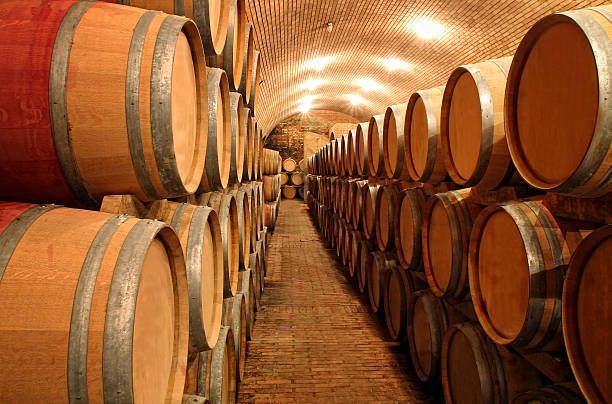
Winemaking involves a series of carefully controlled steps that allow the grapes to transform into wine. These steps include crushing and destemming, fermentation, pressing, aging and maturation, blending, and fining and filtration. Each step is essential to producing high-quality wine that is enjoyable to drink.
In the following sections, we will take a closer look at each of these steps and explore how they contribute to the winemaking process. Whether you are a seasoned wine enthusiast or simply curious about how your favorite beverage is made, this blog will provide you with a comprehensive understanding of the art of winemaking.
Crushing and Destemming
During the crushing and destemming process, the grapes are placed in a hopper and sent through a machine called a crusher-destemmer. The crusher-destemmer crushes the grapes, breaking open the skins to release the juice and pulp, while the stems are removed through a separate part of the machine.
Crushing the grapes must be done carefully to ensure that the grape skins are not broken, as this can cause bitter flavors to be released into the wine. The grapes are typically crushed in batches to ensure that each batch is crushed evenly and to prevent over-crushing, which can lead to the release of tannins and other unwanted flavors.
After the grapes have been crushed, the juice and pulp are transferred to fermentation tanks. Some winemakers may choose to add sulfur dioxide or other additives to the juice at this stage to help prevent oxidation and preserve the freshness of the grapes.
Fermentation
Fermentation is the process by which grape juice is converted into wine. This transformation occurs naturally as yeast, which is present on the grape skins, consumes the sugars in the juice and converts them into alcohol. There are two stages of fermentation: primary and secondary.
During primary fermentation, the yeast consumes the sugar in the grape juice and produces alcohol and carbon dioxide. The juice is left to ferment in open tanks or barrels for several days or weeks, depending on the desired style of wine. The temperature is carefully monitored during this stage to ensure that the yeast is active but not too aggressive, as high temperatures can lead to off flavors and aromas in the finished wine.
Once primary fermentation is complete, the wine is transferred to a closed vessel to undergo secondary fermentation. This process helps to clarify the wine and further develop its flavor profile. In some cases, the wine may undergo malolactic fermentation, a secondary fermentation in which bacteria convert malic acid into lactic acid, resulting in a smoother, creamier mouthfeel.
Throughout the fermentation process, winemakers may choose to employ various techniques to control the flavor and aroma of the wine. For example, some winemakers may use specific strains of yeast to achieve a certain flavor profile, while others may choose to inoculate the wine with bacteria to encourage malolactic fermentation.
Pressing
Pressing is an important step in the winemaking process as it helps to extract the maximum amount of juice from the grape skins and seeds. The pressing process can be done manually or mechanically, depending on the size of the winery and the desired style of wine. In manual pressing, the grape skins and seeds are placed in a large basket or container and pressed by hand. In mechanical pressing, the grape skins and seeds are placed in a press, which applies pressure to extract the juice.
There are different levels of pressing that can be used, ranging from a light pressing to a heavy pressing. A light pressing will produce a juice with a lower concentration of tannins, while a heavy pressing will produce a juice with a higher concentration of tannins. The pressed juice is then transferred to a settling tank where any sediment or solids can settle to the bottom. Once the juice has been clarified, it is then ready for aging.
Pressing is a delicate process that requires careful attention to ensure that the juice is not over-extracted or damaged. Improper pressing can result in off flavors and aromas in the finished wine, making it important for winemakers to be knowledgeable and skilled in this process.
Aging and Maturation
Aging and maturation are crucial steps in the winemaking process that can significantly impact the quality and character of the finished wine. Aging allows the wine to develop more complex flavors and aromas and can help to smooth out any harsh or rough edges in the wine.
One common method of aging is to age the wine in oak barrels. Oak barrels are traditionally used for red wines and can impart a unique flavor and aroma to the wine. The oak barrels can add notes of vanilla, spice, and toast to the wine, which can help to balance out the tannins and acidity of the wine. The length of time the wine spends in oak barrels can vary, depending on the desired style of the wine and the type of oak used.
Another method of aging is to age the wine in stainless steel tanks. This method is typically used for white wines and is designed to preserve the fruit flavors and aromas of the wine. Stainless steel tanks are a more modern method of aging and can result in a crisper and fresher wine than aging in oak barrels.
Finally, some winemakers choose to age their wine in the bottle. This method of aging is typically reserved for high-end wines and involves storing the wine in the bottle for an extended period of time. The wine continues to develop and mature in the bottle, allowing it to develop a more complex flavor and aroma. This method of aging requires a great deal of patience and can take several years before the wine is ready to be consumed.
In addition to the method of aging, winemakers may also choose to blend different wines together to create a more complex and balanced wine. Blending can help to balance out the flavors and aromas of different grape varieties and can result in a more harmonious and enjoyable wine.
After the aging and maturation process is complete, the wine is typically fined and filtered to remove any sediment or impurities. This process helps to clarify the wine and ensure that it is ready for bottling and consumption.
Blending
Blending is an art in winemaking that can have a significant impact on the final product's flavor and aroma. The winemaker will taste and evaluate different wines to determine which ones will complement each other to create a well-balanced and unique blend. The goal of blending is to create a wine that is greater than the sum of its parts.
Different grape varieties and different wines from the same grape variety can be blended to create a wine with specific characteristics. For example, a winemaker may blend a high-acid wine with a low-acid wine to create a balanced wine, or they may blend a wine with intense fruit flavors with a wine that has a more subtle aroma to create a complex and flavorful wine.
The blending process is typically done after the wines have gone through aging and maturation. The winemaker will taste and evaluate each wine to determine its characteristics, such as aroma, flavor, acidity, tannins, and body. The wines will then be blended in specific proportions to create the desired flavor profile.
Blending is a critical step in winemaking, and a skilled winemaker can use blending to create a wine that is unique and delicious. It requires patience, skill, and an understanding of the different grape varieties and wines that will be blended. The winemaker must carefully consider each component and how it will interact with the other wines in the blend to create a harmonious and balanced final product.
Fining and Filtration
Fining and filtration are important final steps in the winemaking process that ensure the wine is clear and free from any unwanted substances or impurities. It involves adding a substance, known as a fining agent, to the wine to remove any remaining sediment or haze. Common fining agents include bentonite clay, egg whites, and activated charcoal. These agents work by binding to the unwanted particles in the wine, which then settle to the bottom of the tank and can be easily removed.
Filtration, on the other hand, involves passing the wine through a filter to remove any remaining particles or sediment that may be present. The filter typically consists of a series of screens or membranes that capture the particles as the wine is passed through.
Both fining and filtration can have an impact on the flavor and aroma of the wine. For this reason, winemakers must be careful to use only the appropriate fining agents and filters for their wine and to ensure that the wine is not over-fined or over-filtered, which can strip away too much of the wine's character and flavor.
Bottling Wine
Bottling wine is the final stage in the winemaking process, and it is a crucial step that can greatly impact the quality of the finished product. After aging and maturation, the wine is transferred from the aging vessels to bottles for distribution. The bottling process involves several steps, including cleaning and sterilizing the bottles, filling them with wine, and adding closures such as corks or screw caps.
One of the most critical steps in bottling wine is ensuring that the bottles are clean and free of any contaminants that could spoil the wine. The bottles are typically washed with a sterilizing solution and then rinsed with water before being filled with wine.
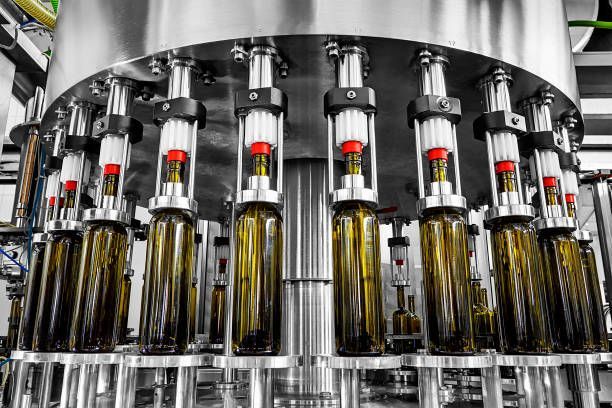
Once the bottles are clean, they are filled with wine using a bottling machine or by hand. The amount of wine added to each bottle is carefully measured to ensure consistency across all bottles. The bottles are then capped or corked, depending on the winemaker's preference.
Before the bottles are sealed, they may be labeled with information about the wine, such as the grape variety, vintage, and winery. This information helps consumers identify and choose the wine they want to purchase.
After bottling, the wine may be stored in a cellar or warehouse for several months to allow it to settle and integrate before being released for sale. The length of time the wine is aged in the bottle can greatly impact its flavor and aroma.
Variations in wine production can greatly impact the bottling process. The style of wine, climate and geography, and winemaking techniques can all play a role in how the wine is bottled. For example, some winemakers may choose to age their wine in stainless steel tanks instead of oak barrels, resulting in a different flavor profile that may require a different bottling process.
Overall, bottling wine is a critical step in the winemaking process, and it requires careful attention to detail to ensure that the finished product is of the highest quality. By following proper bottling techniques and using high-quality materials and equipment, winemakers can create a wine that is not only delicious but also visually appealing and well-preserved.
As we have learned in this blog post, wine production is a complex and intricate process that involves many factors, including vineyard management, fermentation, aging, and blending. Each step in the process requires attention to detail and a deep understanding of the science behind winemaking. By appreciating the unique characteristics of different wine regions and the various styles and techniques used in wine production, we can gain a deeper appreciation for the art of winemaking.
Whether you're a seasoned wine connoisseur or just starting to explore the world of wine, there is always something new to learn and discover. So, the next time you uncork a bottle of wine, take a moment to appreciate the journey it took to get to your glass. Cheers to the beauty of wine and the art of winemaking!
